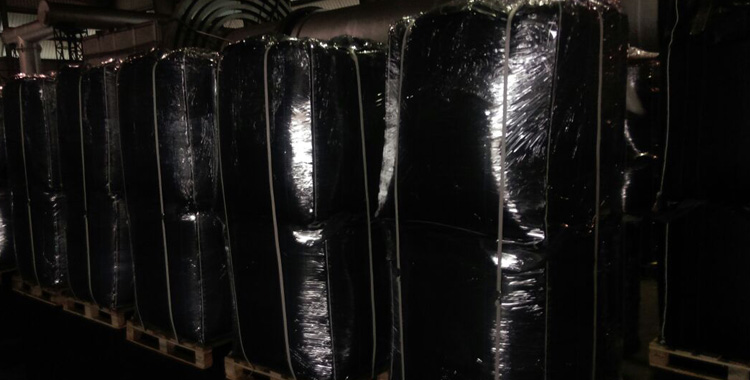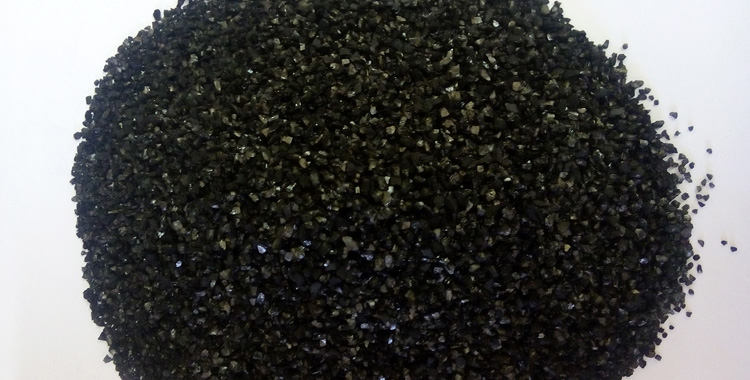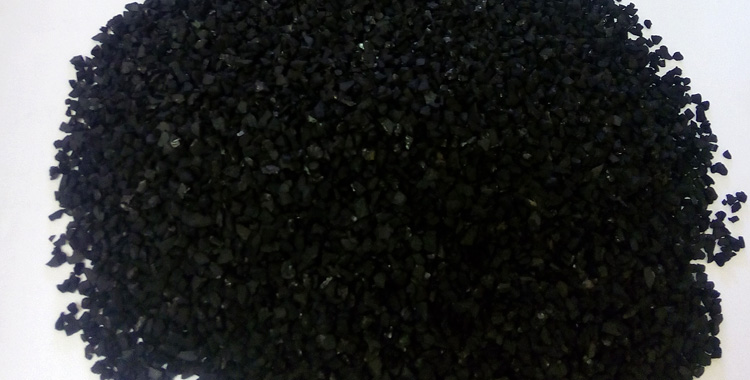Carbon Basics
Home › Carbon Basics
Introduction
Activated carbon can be made from a wide range of source materials such as coal, coconut shells and wood. The material is often charred to achieve carbon, followed by chemical activation or activation by high temperature steam. This produces an activated carbon with an extensive network of pores and an extremely high surface area (typical range is 300 to 2000 m2/g). The pores provide sites for the adsorption of chemical contaminants in gases or liquids.
Activation
Material such as wood, coconut shells or coal that is activated by steam is first carbonised to create charcoal. The carbonisation is performed at a temperature at approximately 550 degC in an oxygen free atmosphere. This process drives off all of the volatile organic compounds and leaves behind the carbon and the minerals (ash).
Steam Activation
The steam activation of the charcoal is then carried out an even higher temperature (up to 1000 degC) in a steam atmosphere. The activation reaction between charcoal and steam can be described as follows:
C + H2O => CO + H2
C + CO2 => 2 CO
The activation process can be controlled to produce specific product characteristics. Steam concentrations, temperature, activation time and CO2 concentrations influence pore development, which in turn affect pore size distributions and the level of activity.
Impregnation
Impregnation is the process where activated carbon is treated with a chemical reagent that reacts with low molecular weight or polar gases such as chlorine, sulphur dioxide, formaldehyde, and ammonia, binding them up on the carbon and thereby removing them from an airstream. This process, commonly referred to as "chemisorption", may involve neutralisation or catalysis reactions.
The impregnation process must be carefully controlled to ensure correct loading levels and even distribution of reagent on the carbon, without restricting access to the reaction sites within the pores. Properties such as activity, moisture content, and particle size affect the performance of the adsorbent, and can be controlled to optimise filter efficiency and service life.






